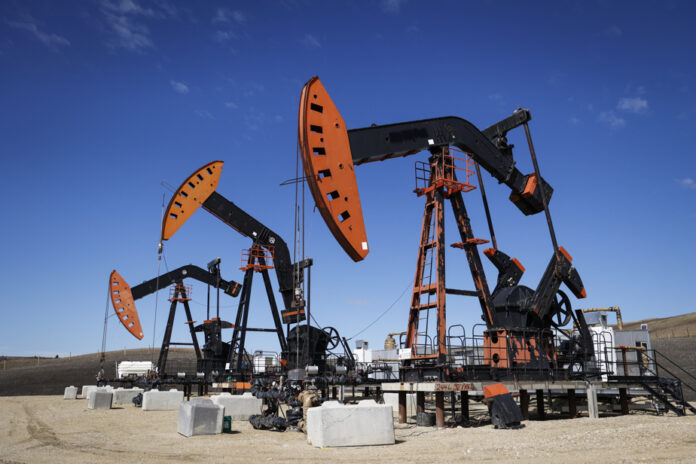Two key indicators of the economy climbed in August, Statistics Canada said Monday. Manufacturers’ sales increased 0.7% to 72.4 billion, while wholesale sales, excluding petroleum, petroleum products, and other hydrocarbons, as well as oilseeds and cereal grains, rose 2 .3% to 83 billion.
According to the federal agency, manufacturing sales in August were driven by the petroleum and coal products, food and machinery subsectors. Sales of petroleum and coal products rose 10.5% to 8.4 billion in August, driven by higher volumes and prices, while food sales rose 1.5% to 12 .6 billion in August, the highest level on record.
Sales in the machinery subsector increased 2.4% to 4.8 billion, a record high, mainly due to higher sales of industrial machinery.
Statistics Canada attributed the overall monthly increase to rising prices, with sales in real terms actually falling 0.7% in August.
The port workers’ strike in British Columbia, which ended earlier this month, continued to affect the manufacturing sector, but to a lesser extent than in July, the agency said.
About 8.4% of manufacturing plants reported that their operations were affected by the August strike, mainly due to raw material shortages and transportation disruptions.
Economist Olivia Cross, of Capital Economics, pointed out that the 0.7% rise in the value of manufacturing sales was smaller than expected, given the rise in exports.
“Indeed, the decline in manufacturing sales volumes suggests that the sector is no longer benefiting from the end of previous temporary disruptions, including parts shortages, intense wildfires and the strike at British Columbia ports,” a Ms. Cross explained in a note.
“With manufacturing surveys indicating a further downward trend and rising interest rates likely to weigh particularly on durable goods manufacturing, the outlook for manufacturing sales volumes remains poor. »
Meanwhile, Statistics Canada reported in a separate release that wholesale trade sales increased, driven by the machinery, equipment and supplies and miscellaneous products subsectors.
Sales in the machinery, equipment and supplies subsector rose 5.2% to $18.6 billion in August, recording their first increase in three months. They were notably fueled by increased sales in the agricultural, lawn care and garden machinery and equipment group.
The miscellaneous subsector saw sales increase 6.9% to 10.3 billion.
Sales in Ontario led the provincial increases, followed by those in Saskatchewan and British Columbia. The majority of provinces reported increases.
Statistics Canada began including sales of petroleum, petroleum products, and other hydrocarbons, as well as those of oilseeds and cereal grains, in its wholesale trade coverage earlier this year. However, the agency excludes this data during the first year, to have historical data allowing a fair comparison on an annual basis.















